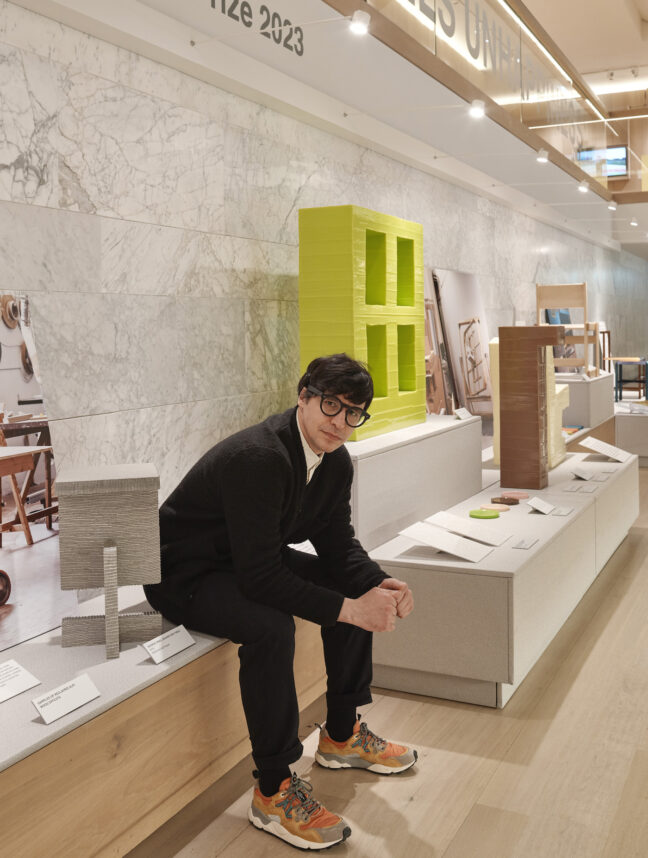In the latest of our Designer Q&A series, Effect speaks to Marco Campardo, an emerging design talent from Italy, now working in London and the second recipient of the Design Museum’s prestigious Ralph Saltzman Prize
Ask Marco Campardo what his go-to material is and he’ll tell you he doesn’t have one – and it’s this sense of constant exploration, renewal and curiosity that hints at the reasons why the London-based Italian caught the eye of the judges at this year’s Ralph Saltzman Prize for emerging product designers.
And while one hesitates to use the term ‘emerging’ to describe a designer who’s already been commissioned by The Tate, Axel Arigato and Selfridges, the annual Ralph Saltzman award (won last year by Mac Collins) sets the bar high, calibrating a new generation against the Nakashimas and Eero Saarinens of the past – in other words, the pantheon of makers whose exploration of new materials, methods and philosophies changed the way every subsequent designer saw the world.
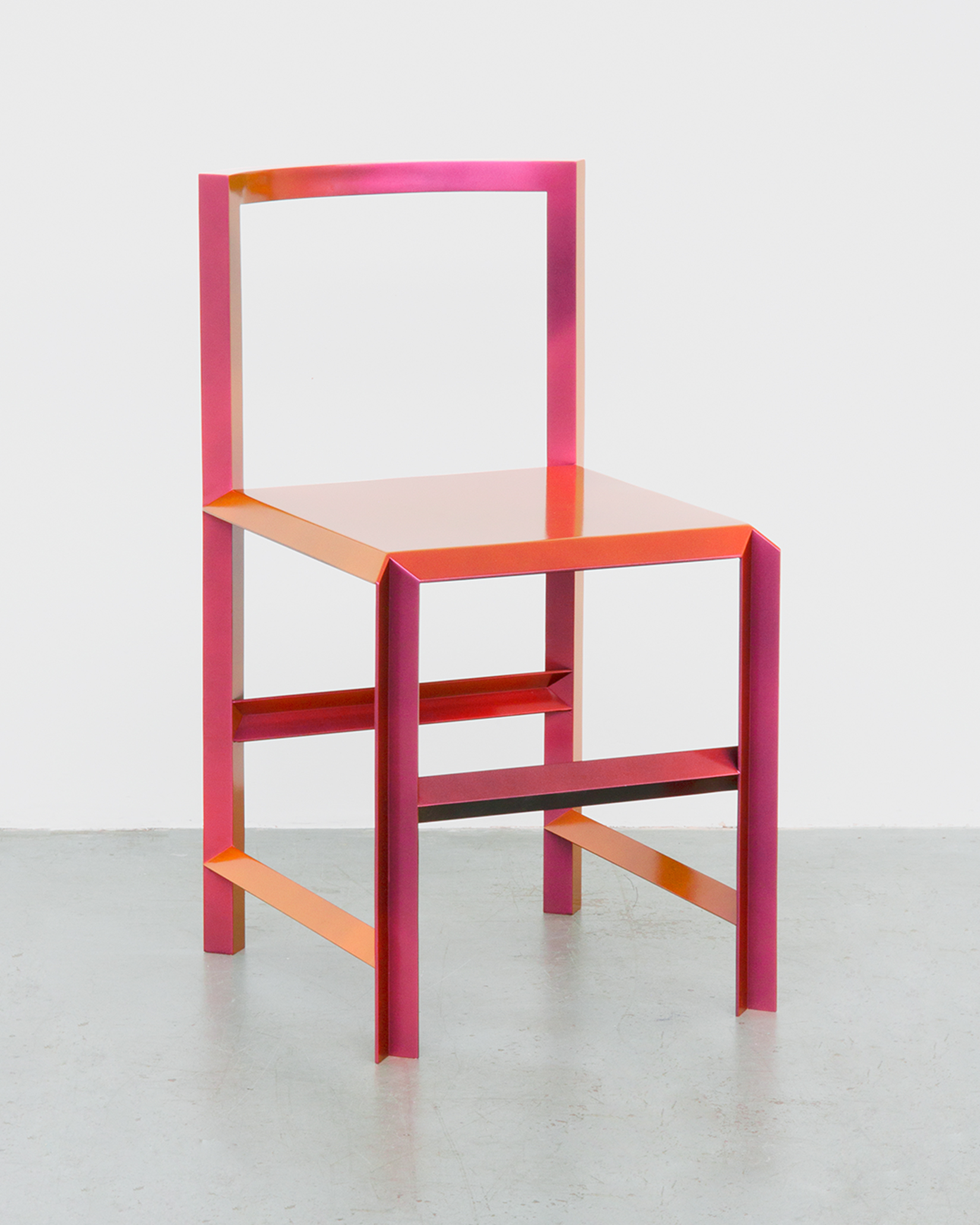
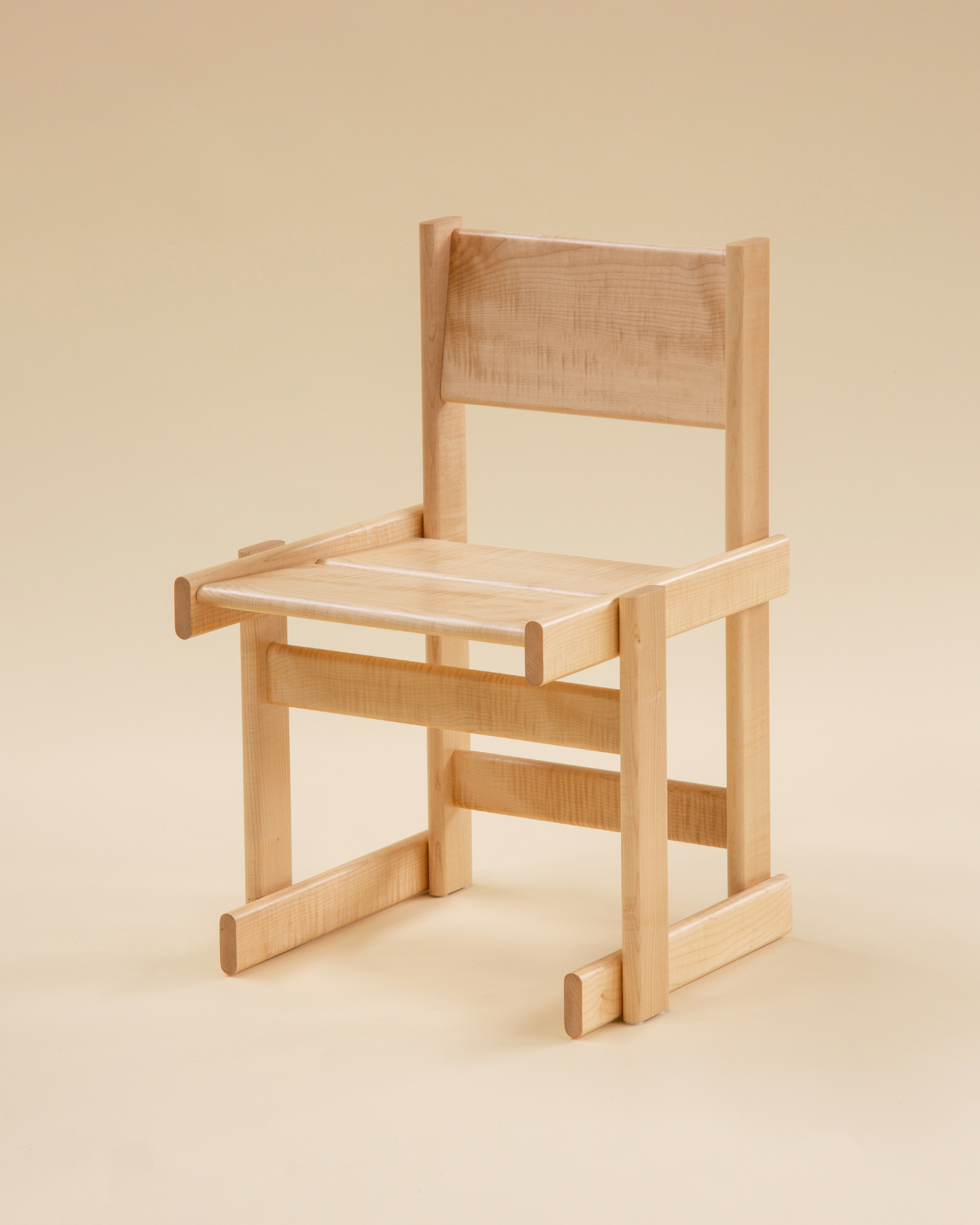
We met up with Campardo at the Design Museum in London, where his work is currently on display – including furniture forged from basic hardware-store L-strips, and reversible isomalt sugar and clay homeware. Here’s what the exciting new design talent had to say:
How would you describe your style and your design philosophy?
My philosophy is very simple: process-driven. I don’t think about style, but about the way things are made, and I am interested in working with materials and processes in a way that it’s the making process itself that determines the form of an object.
What are you working on right now?
A seating collection for AMO, a new platform by Ambra Medda and Veronica Sommaruga. It will be presented at Fuorisalone during the Salone del Mobile in April 2023.
It’s the making process itself that determines the form of an object.
Marco Campardo
Where do you take your initial inspiration for a piece?
I’m very addicted to the channel How it’s Made. I spend nights studying all those beautiful forming technologies nicely described in their video explanations – everyone can understand the process even without being an expert. So, I think most of my inspiration is coming from my obsession with trying to hack an industrial process.
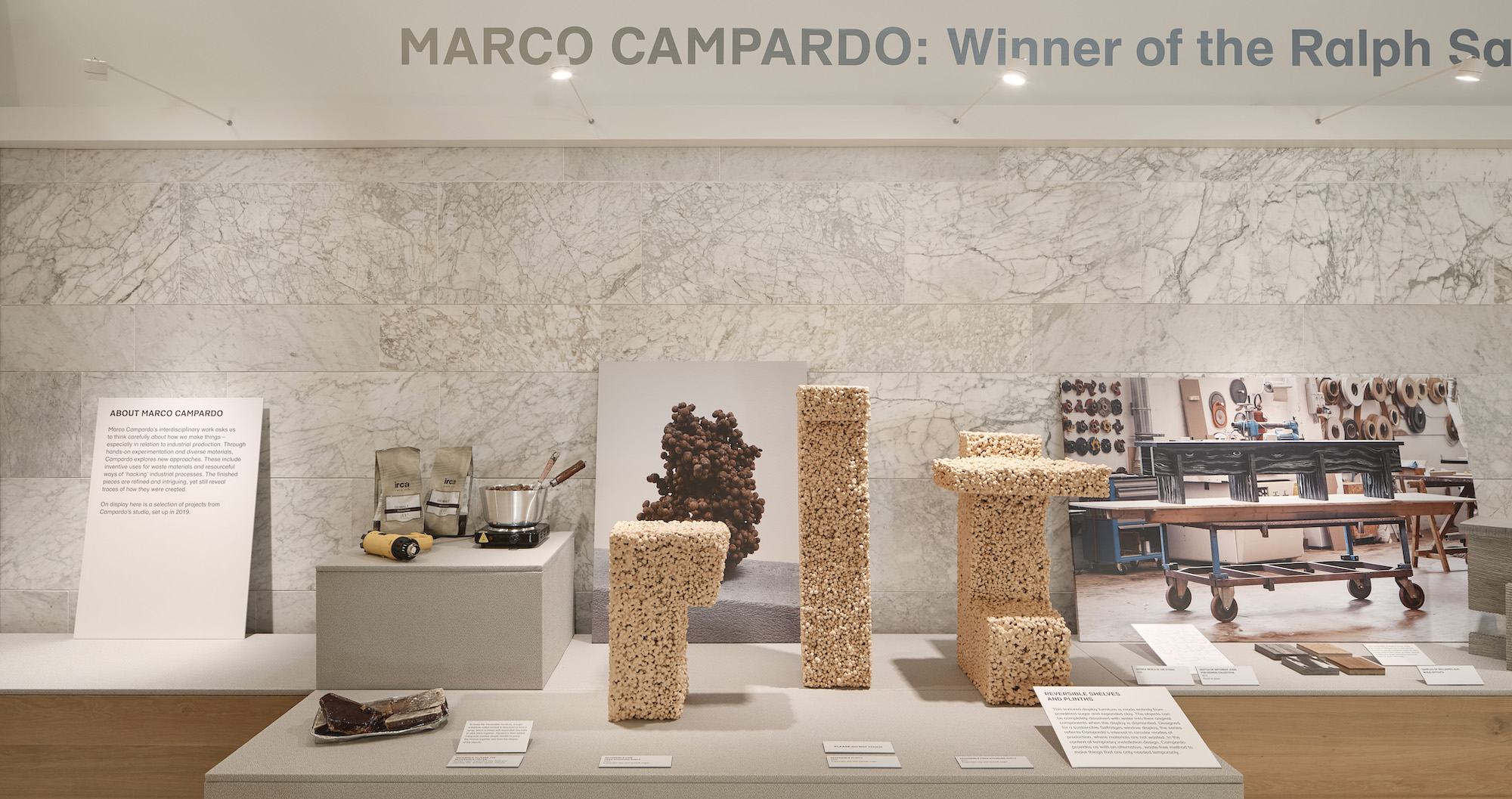
What’s your go-to material and why?
I don’t have a go-to material. I like to experiment with different forming technologies and materials.
Is there a material you haven’t yet used that you would like to?
Ceramics. I would love to work with clay but at the same time I’m scared – it’s a very difficult material and I’m sure I would struggle to find an “idea” rather than just experimenting with form and colours.
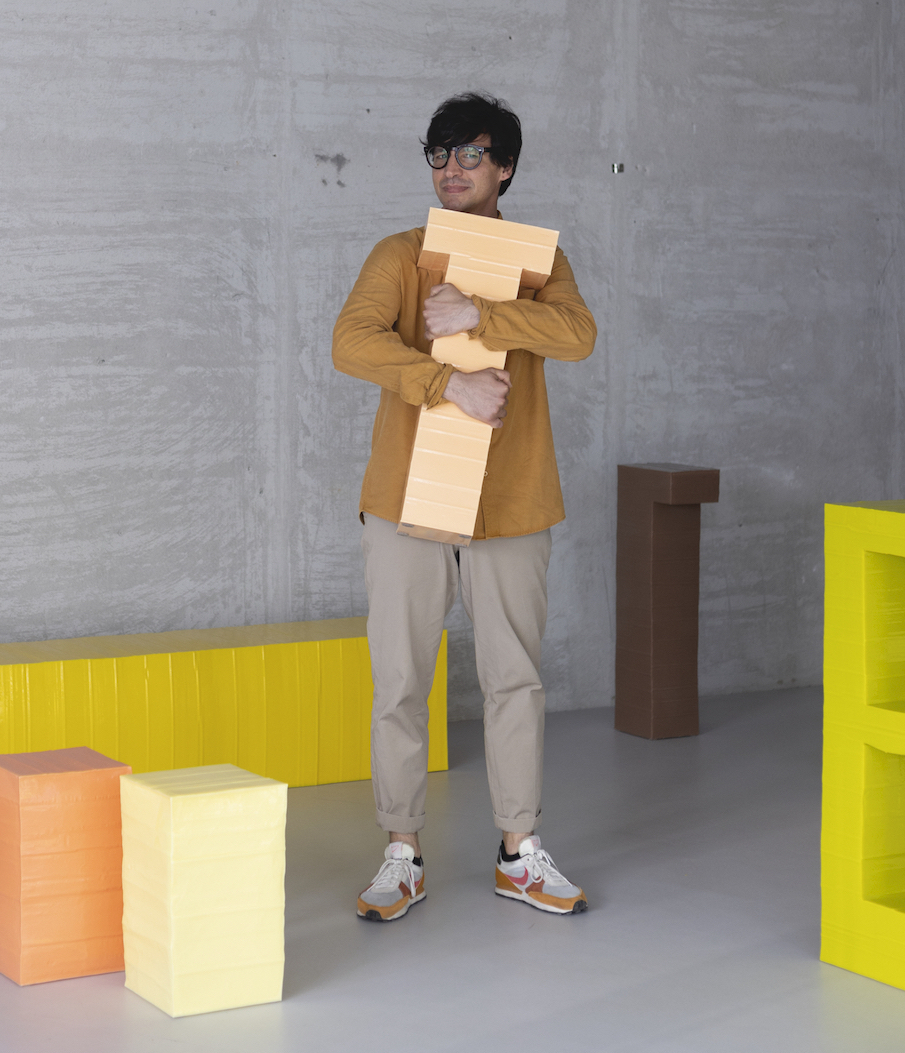
Please tell us about your use of reversible materials
It’s a material developed for Selfridges’ Superfutures Creative Scheme. It’s a sustainable display inspired by the book Cradle to Cradle. Exploring the possibilities of circular production, this material can be deconstructed to its original components after use: expanded clay, bound together with sugar, is dissolved with water. The project questions models of mass-production within the context of temporary installation design and emphases making over form.
How did your collaboration with Axel Arigato come about?
I was contacted by the company to make a bespoke piece for their store in Munich. I did a large bench and five stools. I really enjoyed working with them because they understood the difference between an order and a commission.
What does winning the Ralph Saltzman Prize mean to you?
At the moment – everything. As a speculative designer who (most of the time) does my own research without being commissioned by a client or trying to solve a tangible problem, it’s great that my work has been rewarded in such a way. It means not only that my research somehow is interesting for someone else other than me, but also that the industrial design world is looking for fresh and unexpected ideas.
I think most of my inspiration is coming from my obsession with trying to hack an industrial process.
Marco Campardo
Do you remember the first thing you made?
This is a beautiful question, thank you. Unfortunately, I don’t remember exactly the first thing I made, especially because during my childhood, I was spending most of the weekends with my brother and dad, working every time on a different DIY project based on the mood of the moment. However, my dad is a carpenter, so we often built things together from an early age.


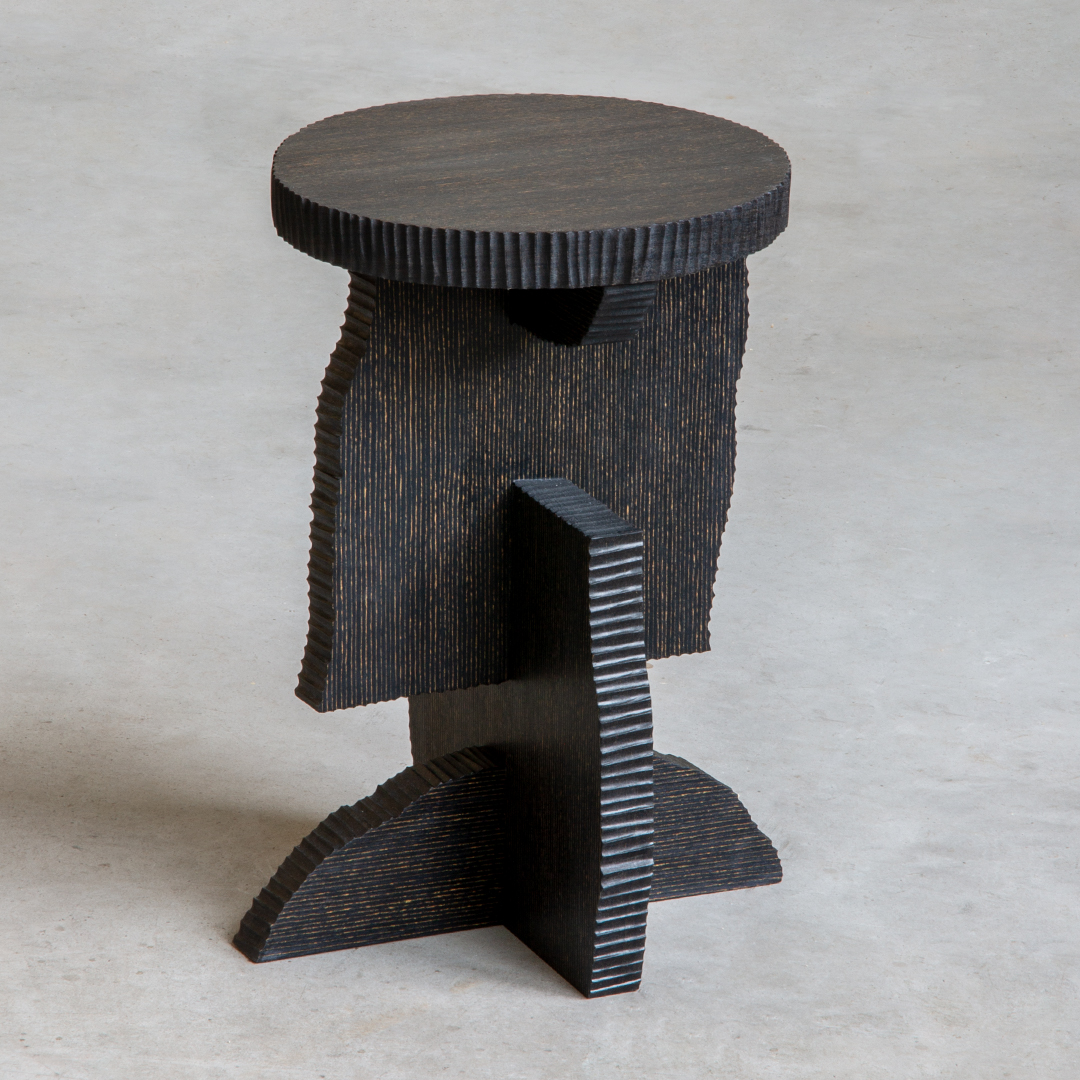
If form is 1 and functionality is 10, what number are you?
From 1 to 10, based of the context. It’s impossible to avoid the context while creating something. But I also think that form is a kind of function, so the separation between the two is perhaps obsolete…
Is there another designer’s work you particularly admire, and why?
I admire Jamie Wolfond’s work – his sensibility is similar to mind insofar as he does extensive research and is able to work across different fields and modes of production. He’s also lots of fun to be around, and it was great collaborating with him in the past.
The Ralph Saltzman Prize: Marco Campardo can be seen at the Design Museum in London until 3 April 2023
Read more: Design | Furniture | Interiors | Makers | Design Museum | Ralph Saltzman Prize | London | Interior Designers



